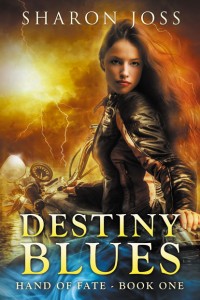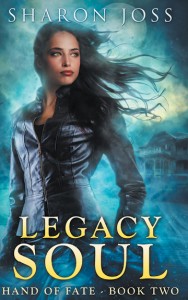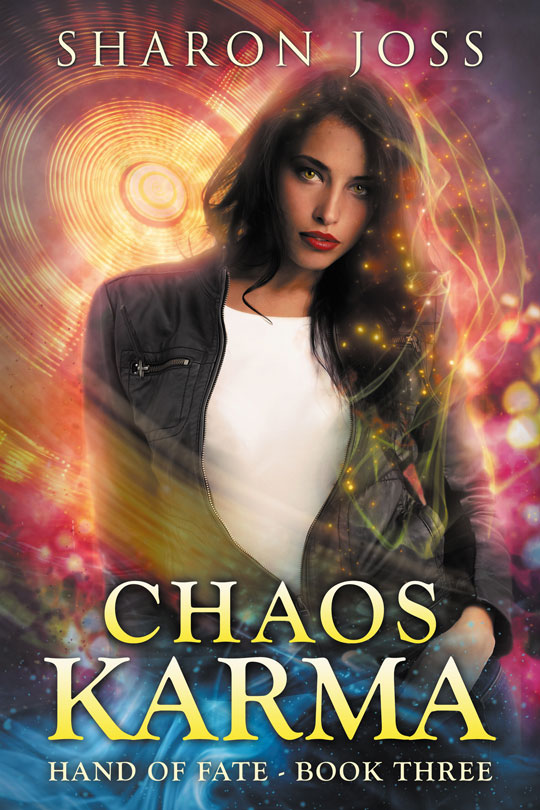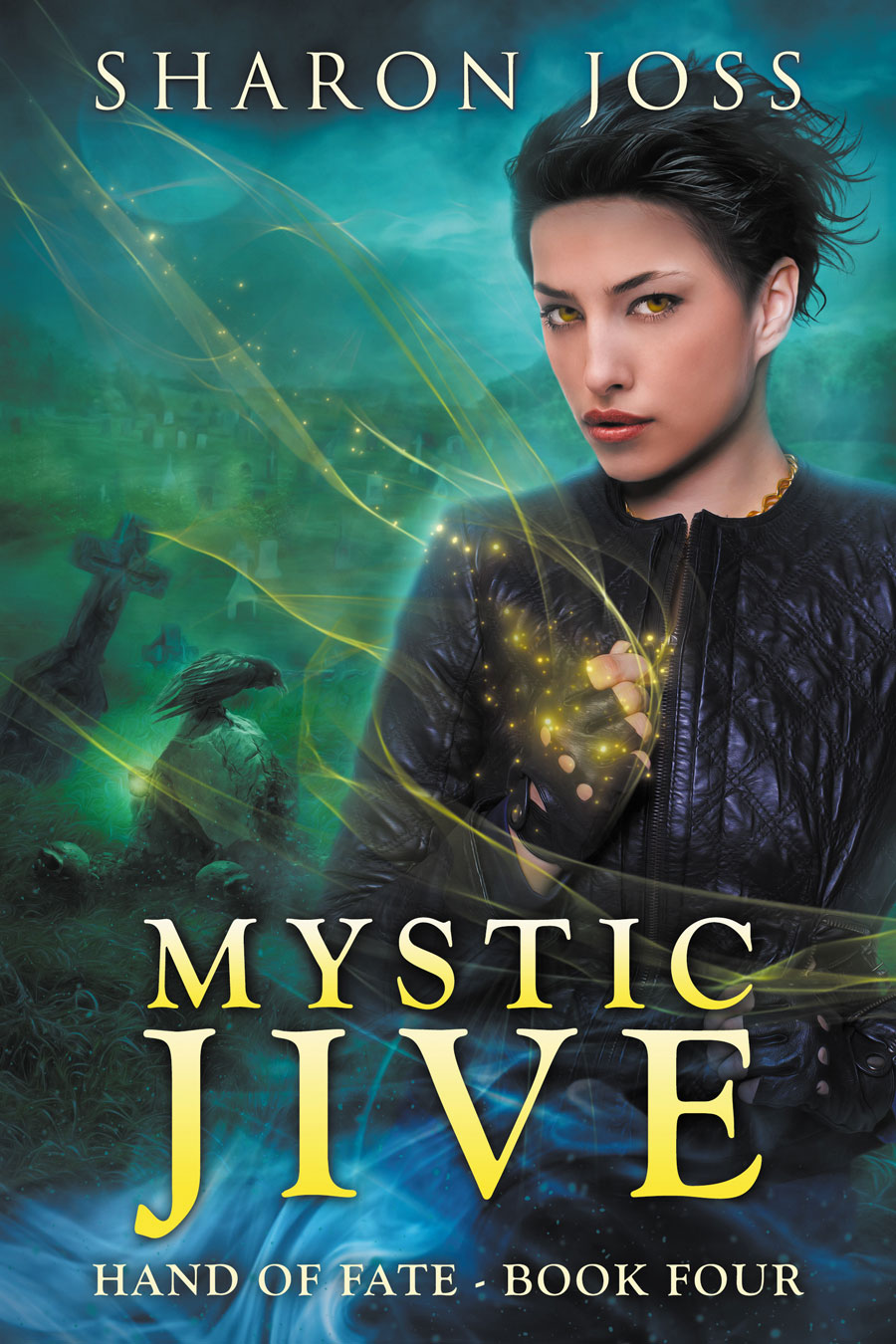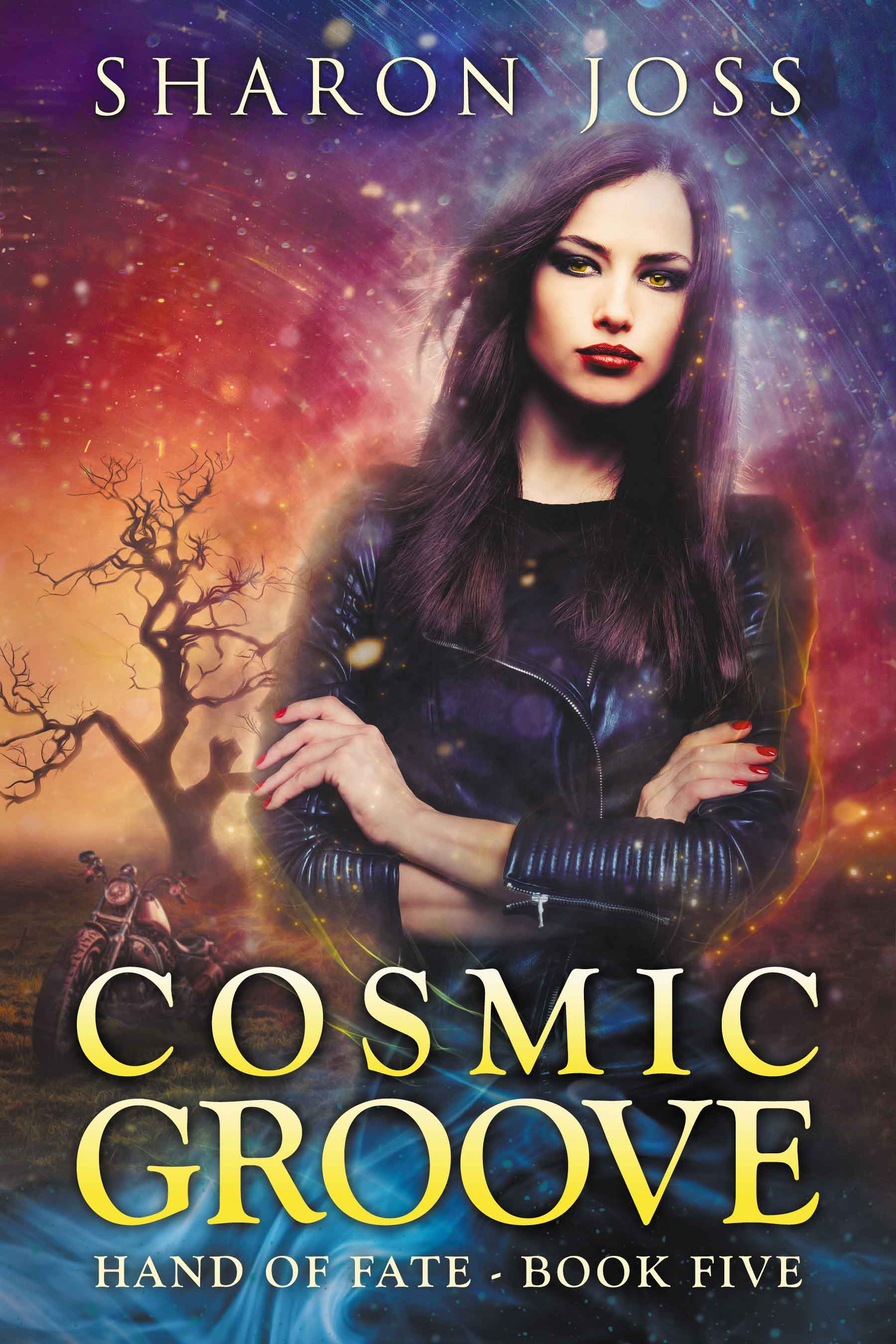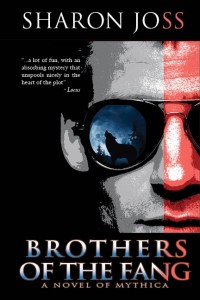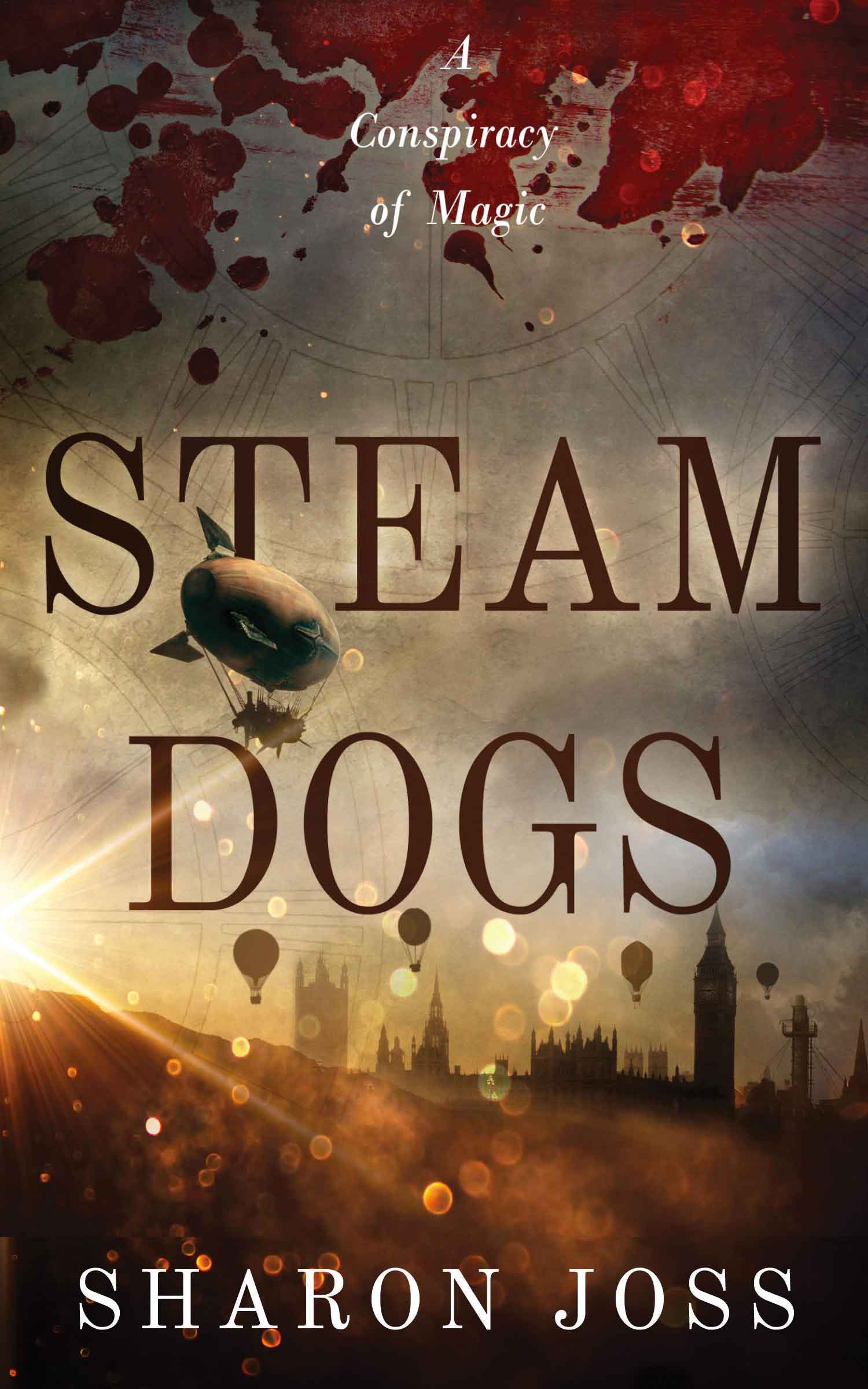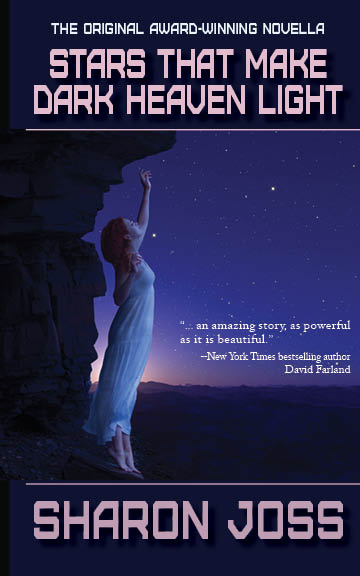Someone asked about the use of scene templates the other day. I use something I call a scene template to help me develop my initial scenes. I’ve stolen my ideas for this template from a variety of writing books by authors such as Don Maass, Jim Butcher, James Frey, Jack Bickham, and Nancy Kress, but I’ve morphed it and shuffled it so much that I can’t say exactly which part came from which author or writers book.
When I’m starting on a new book, I generally divide the story into three parts (Beginning, Middle, End), although I may rethink that because there seems to be a trend towards four and even five-part stories. Obviously, the beginning of the story is where you set the environment, scenes, meet the characters, and encounter the main problem. In the middle, the problem gets fleshed out and deepened, and in the end, yaddda-yadda.
So in my scene template, Part One would have a slightly different set of reminders for me than one in part Three, but some reminders carry forward through all the scenes. I set the template up as a Word Table, with the reminders in the header, so that as I fill in each row of the table with a brief description of my scene, I’m not only building an outline (that I will use later), it also keeps me focused on what each scene is supposed to accomplish.
For example, for Part I, my template reminds me to include the following in EACH scene:
-
The first sentence in EVERY scene must have a hook!
-
Each Scene needs a GOAL
-
Each scene needs an inciting incident
-
Each scene needs opposition
-
Each scene needs several beats: a beat is where the action changes. Remember,
the scene is driven by what the character wants. She chooses a strategy and goes for it. When the strategy fails, she has to try another tack, take a different direction, and that’s a new beat. Think of it as walking on a path with lots of intersections and options. When the route the character chooses is blocked, she turns a different direction and tries something else. -
For every stimulus, there needs to be a reaction or counter-stimulus and a response. The counter-stimulus can either be internal (and emotion or thought which can slow the story down or reveal character) or external (which can escalate the action). Each action by one party MUST trigger a response.
-
EACH scene needs an OUTCOME
-
The last sentence in every scene must make you want to turn the page.
-
WHAT MAKES THIS SCENE CRITICAL? (if the scene isn’t critical, it shouldn’t be there)
PART I (unique elements / reminders that I use for Part I)
-
STORY PROBLEM & GOAL:I state the primary story problem and goal on every page of my outline, so that I see it for EVERY scene and don’t forget it. When you’re in the middle of a story, it’s easy to forget your initial premise, and wander off down some side trail. I may not know how the story is going to end, and I may not accomplish my protagonist’s goal in the end, but every scene should be heading towards solving the story problem and achieving the protagonist’s goal.
-
Current state: Set the place time, main characters, mood; depict the normal mode for the protagonist as briefly as possible, with a minimum of back story
-
Initial conflict: the inciting incident must knock the protagonist out of his/her usual orbit. The earlier this happens in Part I, the better. Certainly within the first 30-50 pages.
-
Rising Conflict (live action trouble) in every scene. Each scene should result in making things worse for the protagonist. Even better if the majority of the scenes in Part I end in disaster.
-
Short Term Goals: with each rising conflict and disaster, the protagonist designs short-term goals that will carry him/her closer to solving the STORY PROBLEM and reaching his/her GOAL
-
Thwarting: Part I is full of thwarting! Make sure that everything the protagonist tries initially to make things better (using the short term goals), either doesn’t help, or makes things worse.
-
Build Credibility: Since I write in the Urban Fantasy genre, I’m building a world that has fantastic elements in it. These elements are entrenched within trappings of contemporary modern day. So I need to solidify each fantastic element that I introduce in Part I in a way that the reader will believe. On one hand, Urban Fantasy readers are prepared (and want) to believe in these fantasy elements, but on the other hand, you need to make sure that your fantasy characters/elements are believable from the very beginning.


